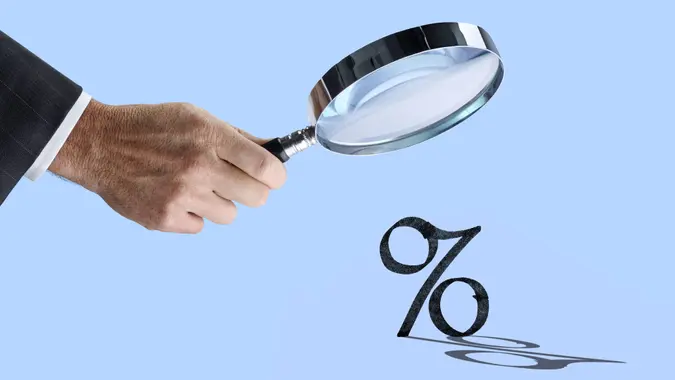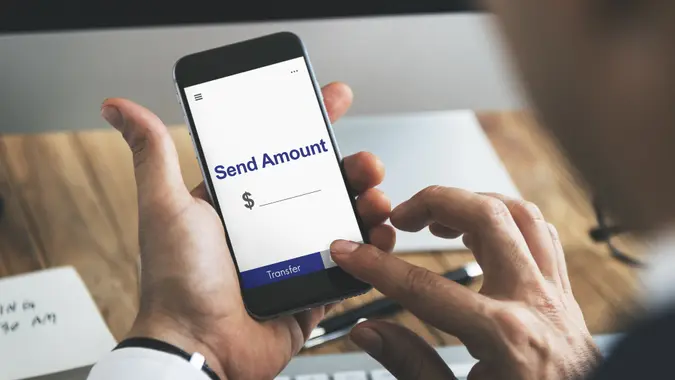3 Ways You Can Keep Your Money Safe From a Bank Failure

Commitment to Our Readers
GOBankingRates' editorial team is committed to bringing you unbiased reviews and information. We use data-driven methodologies to evaluate financial products and services - our reviews and ratings are not influenced by advertisers. You can read more about our editorial guidelines and our products and services review methodology.

20 Years
Helping You Live Richer

Reviewed
by Experts

Trusted by
Millions of Readers
From an early age, many Americans are taught that placing one’s savings in the bank is the safest route. But what happens to your money in the unlikely event of a bank failure?
A failure occurs when a bank becomes insolvent or doesn’t have sufficient liquidity to cover its customers’ deposits and obligations to creditors. Bank failures are also perhaps more common than you think.
Most recently, Republic First Bank was closed in April by the Philadelphia Department of Banking and Securities. However, recent reports indicate that as many as 300 banks are at a higher risk of failure, and this comes in wake of the highly publicized collapse of Silicon Valley Bank in 2023.
With this in mind, there are a few ways to protect your savings from bank failures that involve little time or effort, but it pays to know more about your bank than just its name. Here are three ways you can keep your money safe from a bank failure.
Bank at an FDIC-Insured Institution
Most banks are insured by the Federal Deposit Insurance Corporation (FDIC). If your bank is FDIC-protected, you’ll have no worries getting your money in the event of a failure (within certain limits).
If you have deposits resting in a non-FDIC-insured bank, you are putting your money at risk and may have trouble recouping it should your institution fail. In the case of bank failures, the FDIC has to take over the bank and either sell it to another financial institution or operate it as a federally owned bank. The redistributing of assets to customers and creditors may some time.
To check if your bank is FDIC-insured, look it up on FDIC’s BankFind Suite page.
Keep Tabs on Your Bank
Sometimes it pays to know a bit more about your bank than its name.
Aside from knowing if your money is FDIC-insured, you can’t predict when a bank failure will happen. However, as Experian stated, “Monitor the health of your bank by keeping up with financial news articles. By monitoring the health of your bank, you can be aware of any potential problems and take steps to protect your money before a failure occurs.”
Know the FDIC Coverage Limit
The FDIC protects and reimburses your deposits up to the legal limit of $250,000 in the event your FDIC-insured bank fails. However, the $250,000 limit is per account holder, per each ownership category account (single accounts, joint accounts, certain retirement accounts, employee benefit plans, etc.), according to CNBC Select, so you might have to set up additional accounts to hold amounts in excess of $250,000.
Fortunately, depositors of Signature Bank and Silicon Valley Bank will be made whole, according to a joint statement by the U.S. Treasury, the Federal Reserve and the FDIC issued Sunday.
 Written by
Written by  Edited by
Edited by 
























